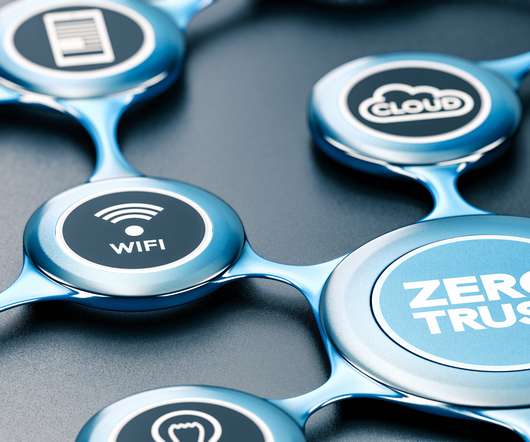Why Do Spammers Love The Internet Of Things?
CTOvision
JANUARY 31, 2017
The Internet of Things is the marketing term for those devices. Most aren’t the laptops, tablets, and phones we think of as using the internet: they’re appliances like routers, fridges, cameras, and a million others, each of which is equipped with storage space, an operating system, and a connection to the internet.



























Let's personalize your content